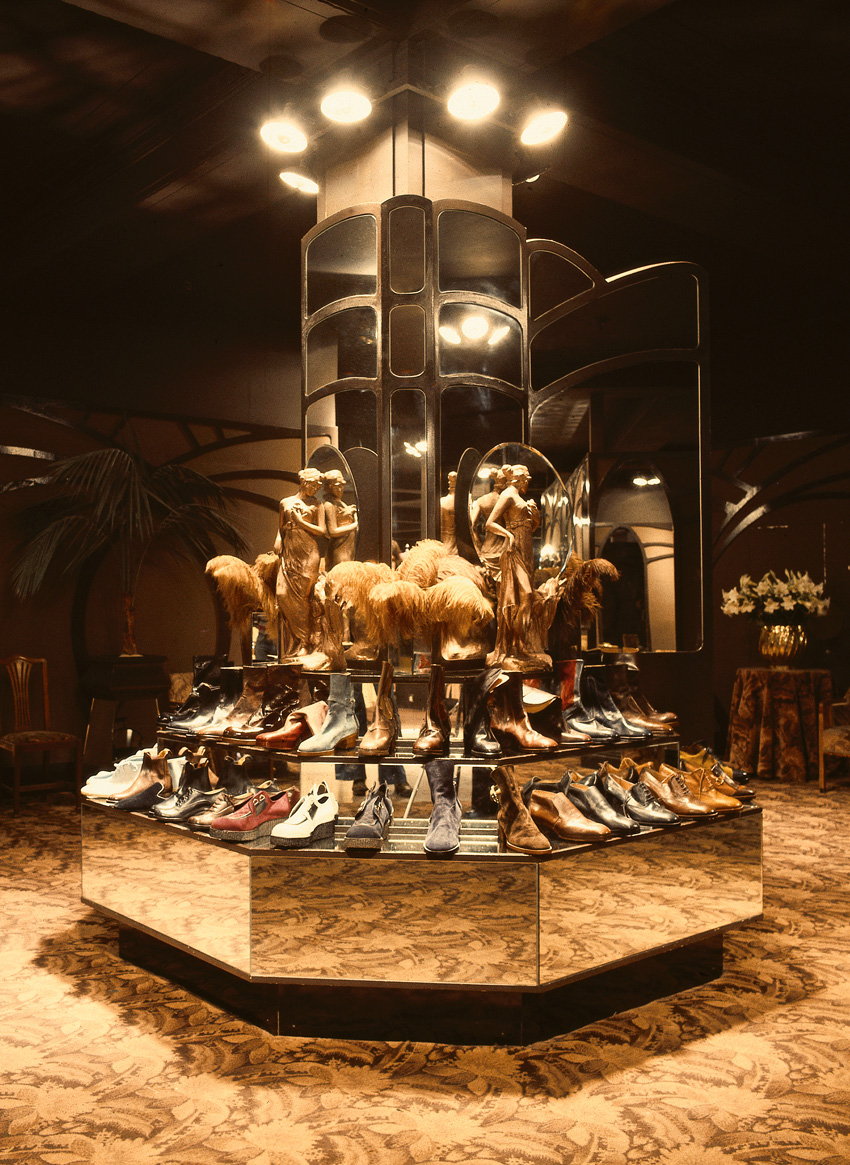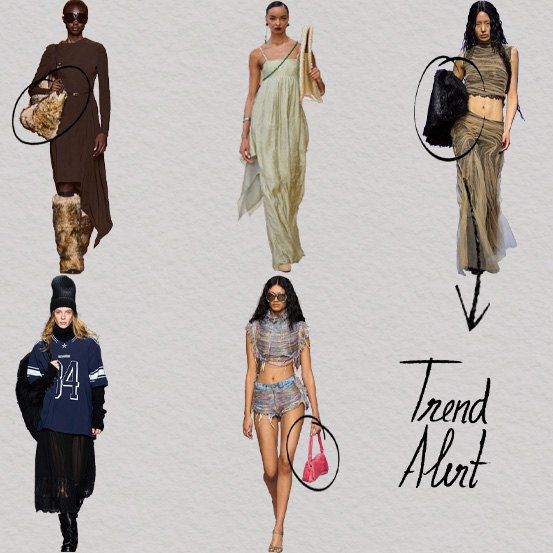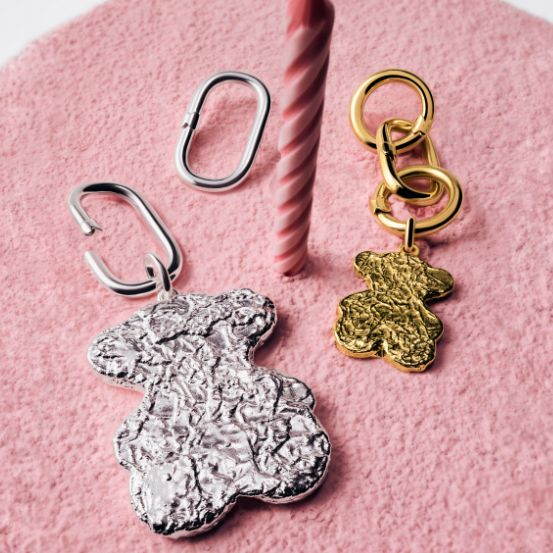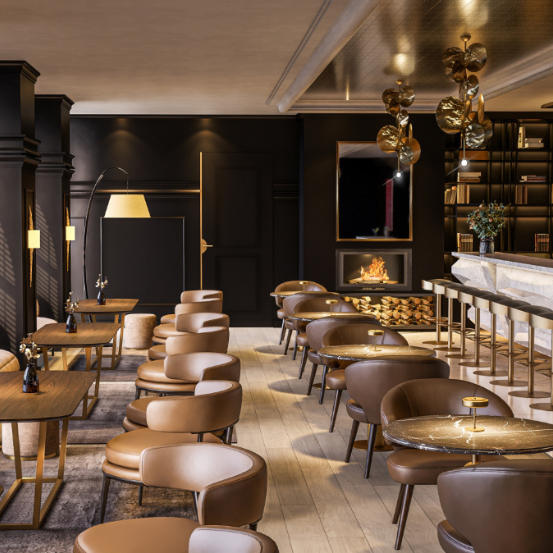The Memories Issue
More than just a fashion store, for years it was the ultimate symbol of creativity and innovation. Following the rhythm of the counterculture of the time, Biba became a safe harbor for all those looking for a free, avant-garde and out-of-the-box style, like the one lived on the streets of London.
"This book is a testament to creative freedom," writes Barbara Hulanicki, now 87, in the foreword to Welcome to Big Biba, the monograph recently launched by ACC Art Books to celebrate the 60th anniversary of (her) brand. "You can do anything, as long as you learn how to wear a suit. Of course your secret will be the fact that the suit is lined with gold lamé." It was this humor and irreverence, which still persists, that made the designer and fashion illustrator one of the most important women in the intrepid London of the 60s and 70s. The story of Biba, "the most beautiful shop in the world", begins in May 1964, when Hulanicki and her then-husband Stephen Fitz-Simon began running Biba's Postal Boutique, a mail-order shop that sold limited runs of stock. A stumbling block, which singer Annie Lennox described as having paved the way "for those of us who lived in provincial places where we felt we were dying of monotony.” Inspired by the decadent styles of bygone eras, painted in neutral or muted tones and with hemlines drastically above the average required by good manners, Biba's garments managed to reach the young shoppers of the time, hungry for novelty. "Biba democratized fashion," Martin Pel, author of The Biba Years 1963-1975 and curator of a new exhibition at London's Fashion & Textile Museum, on show until 8 September, explained to CNN. "This expression is often overused in relation to the designers of the 1960s, notably Mary Quant. Quant's clothes, although young, were expensive. Biba was cheap, well-designed, of good quality and up-to-date." The second shop opened in 1966 in Kensington Church Street - where Vogue editor Anna Wintour once worked - was described by Vanity Fair as "the most exotic shop in London" and, in the early 1970s, a boutique opened in the Bergdorf Goodman department stores' in New York. Big Biba, on the other hand, was a colossus, an irreverent project of 19.4 thousand square foot, designed with a level of detail normally reserved for luxury brands. Opened in September 1973, it was the fourth and final space for the brand, which had become a major symbol of the modernism and cultural effervescence of the swinging sixties. The party to inaugurate the legendary rooftop, held in 1974, was described by the press as "like stepping onto the set of a rather gleeful film of moral depravity." It is said that during the two years it was open (it closed in 1975 due to high maintenance costs), Big Biba was the second biggest tourist attraction in the British capital, after the Tower of London. Buckingham Palace was only in third place.
Originally published in The Memories Issue, from April 2024. Full stories and credits are in the print version.
Relacionados
.jpg)



.jpg)

.jpg)

